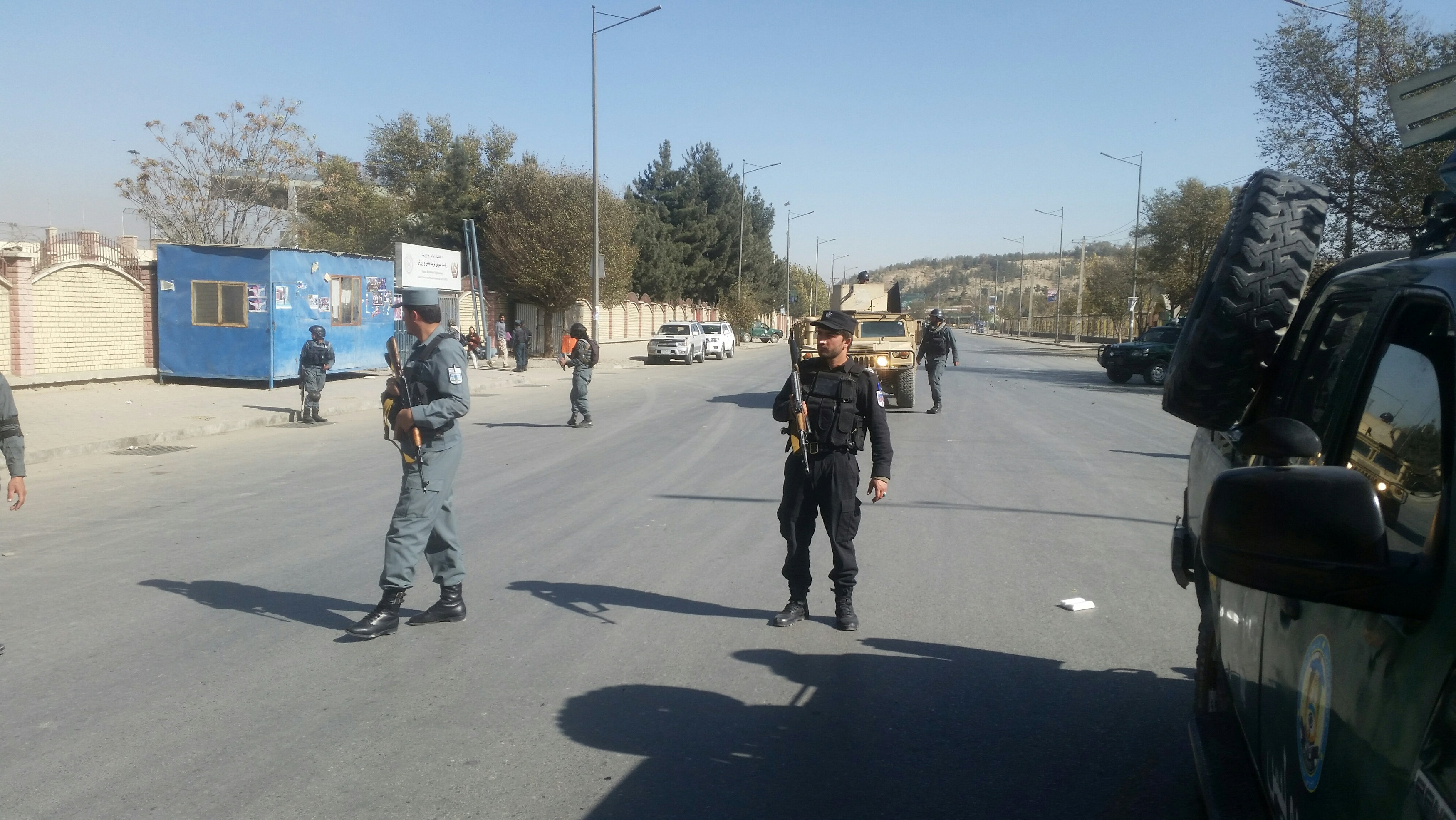
By Katie Paul and Stephen Kalin
RIYADH (Reuters) – Most major Gulf stock markets slid early on Tuesday on jitters about Saudi Arabia’s sweeping anti-graft purge, a campaign seen by critics as a populist power grab but by ordinary Saudis as an overdue attack on the sleaze of a moneyed ultra-elite.
U.S. President Donald Trump endorsed the crackdown, saying some of those arrested “have been ‘milking’ their country for years”, but some Western officials expressed unease about the possible reaction in Riyadh’s opaque tribal and royal politics.
Authorities detained dozens of top Saudis including billionaire Prince Alwaleed bin Talal in a move widely seen as an attempt by Crown Prince Mohammed bin Salman to neuter any opposition to his lightening ascent to the pinnacle of power.
Admirers see it as an assault on the endemic theft of public funds in the world’s top oil exporter, an absolute monarchy.
“Corruption should have been fought a long time ago, because it’s corruption that delays society’s development,” Riyadh resident Hussein al-Dosari told Reuters.
“God willing, everything that happened … is only the beginning of what is planned,” said Faisal bin Ali, adding he wanted to see “correcting mistakes, correcting ministries and correcting any injustices against the general population.”
But some analysts see the arrests as the latest in a string of moves shifting power from a consensus-based system dispersing authority among the ruling Al Saud to a governing structure centered around 32-year-old Prince Mohammed himself.
Investors worry that his campaign against corruption — involving the arrests of the kingdom’s most internationally-well known businessmen — could see the ownership of businesses and assets become vulnerable to unpredictable policy shifts.
INVESTOR NERVES
The Saudi stock index .TASI was down 1.6 percent after 75 minutes of trade. Shares linked to people detained in the investigation led falls. [L5N1ND2CR]
Among them, Prince Alwaleed’s Kingdom Holding plunged by its 10 percent daily limit, bringing its losses in the three days since the investigation was announced to 21 percent.
In Dubai, where Saudis have been significant investors, the index slipped 0.6 percent. The index in Abu Dhabi, less exposed to Saudi money, inched up 0.1 percent. But Kuwait continued to slide, with its index losing 3.8 percent.
The show of investor nerves coincided with sharply heightened strains between Riyadh and Tehran, reflected in a fresh denunciation of adversary Iran by Prince Mohammed over its role in Yemen, and by continuing mutual acrimony over political turmoil in Lebanon, another cockpit of Iranian-Saudi rivalry.
Displaying an apparently undimmed taste for navigating several challenges simultaneously, Prince Mohammed said Iran’s supply of rockets to militias in Yemen is an act of “direct military aggression” that could be an act of war.
He was speaking in a phone call with British Foreign Minister Boris Johnson after Saudi air defense forces intercepted a ballistic missile they said was fired toward Riyadh on Saturday by the Houthis.
Saudi-led forces, which back the internationally-recognized government, have been targeting the Houthis in a war which has killed more than 10,000 people and triggered a humanitarian disaster in one of the region’s poorest countries.
Iran has denied it was behind the missile launch, rejecting the Saudi and U.S. statements condemning Tehran as “destructive and provocative” and “slanders”.
The coincidence of heightened Saudi-Iranian tensions and Saudi domestic political upheaval has stirred unease among some Western governments and analysts about the emergence of an impromptu policy-making style under Prince Mohammed.
“He seems to be pushing the creation of a personalized system of rule without the checks and balances that have typically characterized the Saudi system of governance,” wrote Marc Lynch, professor of political science and international affairs at George Washington University, in the Washington Post.
“In both domestic and foreign affairs, he has consistently undertaken sudden and wide-ranging campaigns for unclear reasons which shatter prevailing norms.”
PIVOTAL POWER BASE
Among those held in the anti-graft purge was Prince Miteb bin Abdullah, who was replaced as minister of the National Guard, a pivotal power base rooted in the kingdom’s tribes. That recalled a palace coup in June that ousted Mohammed bin Nayef as heir to the throne.
A former senior U.S. intelligence official cautioned that given the National Guard’s loyalties, Prince Mohammed, widely known as MbS, could face a backlash.
“I find it difficult to believe that it (National Guard) will simply roll over and accept the imposition of new leadership in such an arbitrary fashion.”
But the crackdown may go some way to soothing public disgust over financial abuses by the powerful, some Saudis say.
“There is no doubt that it (the detentions) soothes the anger of the regular citizen who felt that such names and senior leaders who appeared in the list were immune from legal accountability,” said a Saudi-based political analyst Mansour al-Ameer.
“Its spread to the general population is evidence that no one is excluded from legal accountability, and this will eventually benefit the citizen and (national) development.”
(Reporting by Gulf team, Writing by William Maclean,Editing by Jon Boyle)








